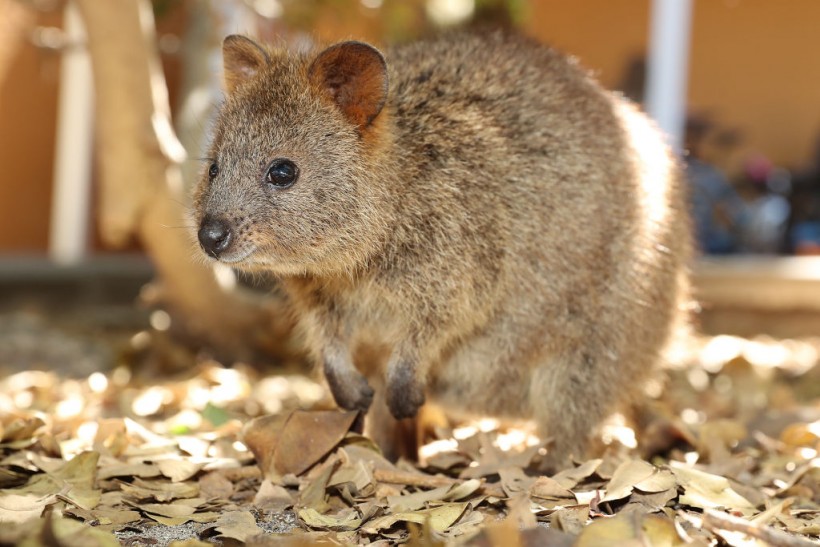Researchers found that quokkas in Western Australia may be small but have unique ways to survive in burned areas. The animals have adaptive behavior by developing fire exclusion zones to be safe from wildfires.
The threat of wildfires can harm ecosystems and communities.
Fire can instantly move in forests, killing nature's natural engineers and plants.
The dry conditions and soaring temperatures can help unleash deadly bushfires and wildfires fanned by strong winds.
In addition, the lack of rainfall, drought and limited humidity can help unfold unexpected fires, which can quickly occur in high-elevated areas and steep slopes.
In recent research published in Ecosphere, fire frequency can increase the possibility of ecosystem decline and collapse. Long-term solutions are essential to address the emergence of fire, especially in logged and regenerated areas.
Quokkas in Western Australia

Quokka. The small Quokkas in Western Australia survived in burned areas amidst the extreme heat and dry conditions. The animals developed an adaptive behavior by having fire exclusion zones.
Parts of Australia experienced lengthened drought conditions. Wildfires also raise concerns about dangers to communities.
While long-term mitigation plans for wildfires exist, animals are finding ways to adapt and survive the heat and deadly fires.
In Western Australia, the small quokkas are innovative in their safety in burned areas.
According to study in the International Journal of Wildland Fire, the said animals developed fire exclusion zones to prevent possible exposure to fire threats.
The population of quokkas is considered vulnerable.
The researchers tracked the movement patterns of 20 quokkas in the area between 2018 and 2020. They discovered that quokkas went to places that are prescribed burns. The six quokkas showed a behavior change in moving away from burned areas.
According to researchers from Murdoch University's Harry Butler Institute, conservation management is vital for the fire exclusion areas of said animals, especially for the rare quokka.
Researcher Leticia Povh explained that they looked into the home ranges of the quokkas adapting to burns. Povh emphasized the conservation significance amidst the rising temperatures and lack of rainfall.
What are Quokkas?
As emphasized by the study, protecting fire exclusion zones can help save the threatened population of quokkas.
Quokkas (Setonix brachyurus) are small herbivores that consume grasses. On Rottnest Island, there are about 10,00 quokkas in the area. They are also on Bald Island.
People can find the said animals in streamsides, heat areas and shrublands. They are known to be active during the night to see for possible prey.
Because they are the most targeted prey, Quokkas are elusive animals. To escape from prey, they can develop trails and paths to survive predators' attacks.
The population of quokkas suffers from declines due to bushfires and predations.
Also Read: Fire Frequency Can Cause Ecosystem Collapse, Research Shows
California's beavers
In California, the beavers played a significant role as natural engineers. Authorities appreciated the substantial contribution of beavers to water problems and wildfire threats.
The animal can develop lush habitats and damns to help with the groundwater supplies.
Related Article: Purple-Crowned Fairy-Wrens Survival Endangered Due to Wildfires in Northern Australia
For more similar stories, don't forget to follow Nature World News.
© 2024 NatureWorldNews.com All rights reserved. Do not reproduce without permission.

![Tsunami Hazard Zones: New US Map Shows Places at Risk of Flooding and Tsunamis Amid Rising Sea Levels [NOAA]](https://1471793142.rsc.cdn77.org/data/thumbs/full/70325/280/157/50/40/tsunami-hazard-zones-new-us-map-shows-places-at-risk-of-flooding-and-tsunamis-amid-rising-sea-levels-noaa.jpg)



